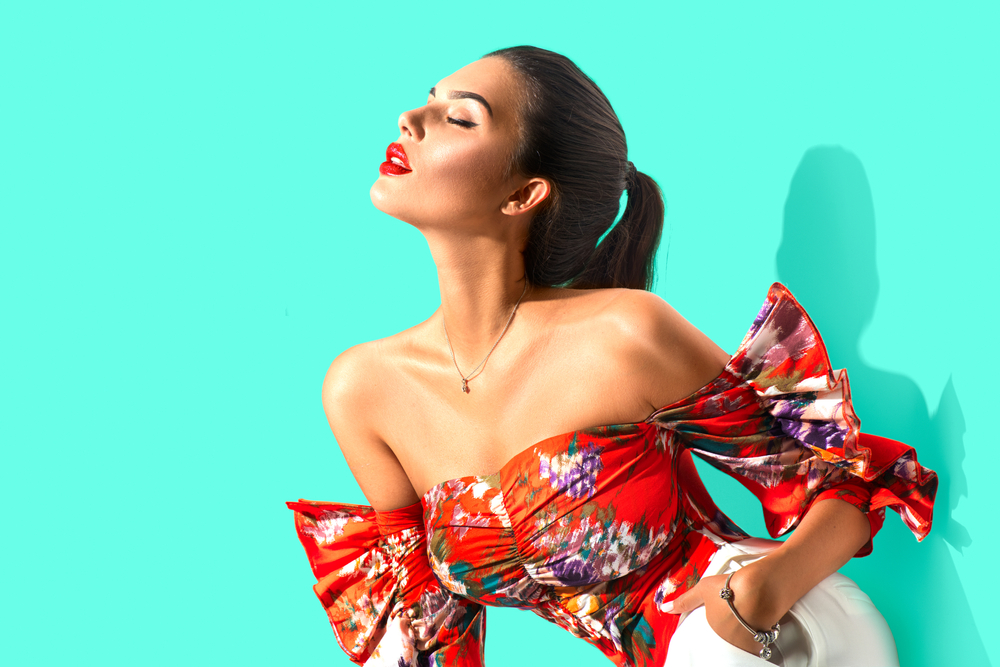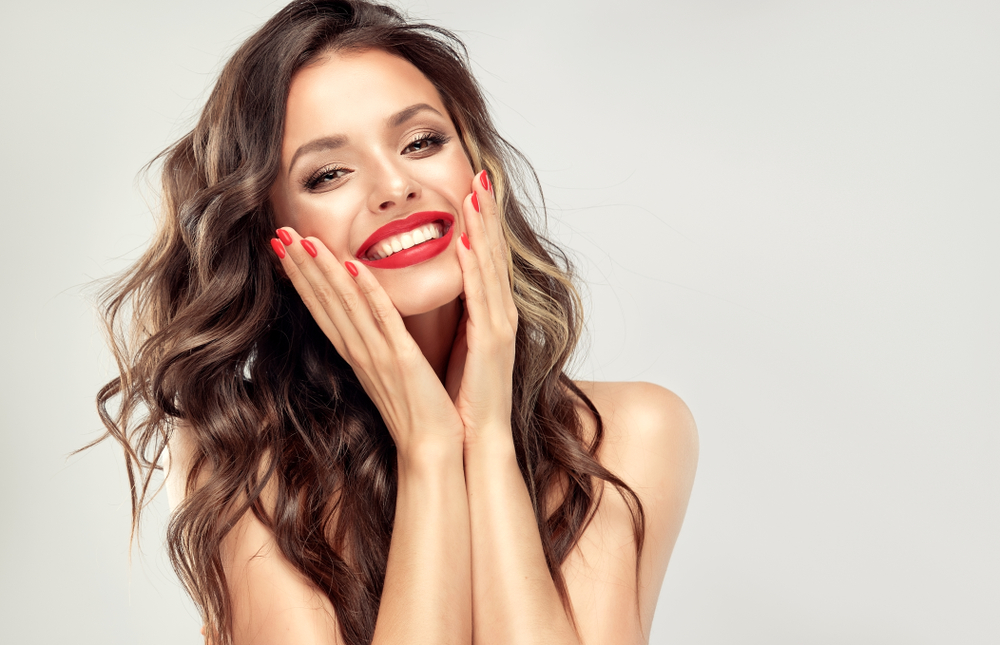
The Art and Science of Modeling: Unveiling the Secrets behind the Glitz and Glamour
The Art and Science of Modeling: Unveiling the Secrets behind the Glitz and Glamour
Models have long captivated the world with their beauty, grace, and ability to transform mere garments into works of art. From the catwalks of Paris to the pages of high-end fashion magazines, the art of modelling has become synonymous with glitz and glamour. But behind the scenes, there is a fascinating blend of artistry and science that goes into creating the perfect model. In this article, we will delve into the secrets behind the world of modeling and uncover the intricate techniques that make it an art form and a science.
The Modeling Industry: A Perfect Blend of Art and Science
When we think of modeling, we often associate it with the artistic aspect of the profession. Models are seen as walking canvases, their bodies serving as a medium for designers to showcase their creations. The artistry lies in the way models use their bodies to bring life to the clothes, evoking emotions and telling stories through their every move.
However, one must not overlook the scientific side of modeling. Models are not only required to possess photogenic features and the perfect proportions, but they must also understand the technical aspects of their craft. Their ability to strike the right pose, control their facial expressions, and convey specific moods and messages requires a deep understanding of the science of body language and communication.
The Role of Posing and Angles in Modeling
One of the key secrets behind successful modeling lies in the art of posing and utilizing angles effectively. Models are trained to understand their body shape, lines, and how to exaggerate or minimize certain features through clever positioning. The position of their limbs, the tilt of their head, and even the arch of their back all play a vital role in creating visually appealing images.
Furthermore, models must also be aware of their angles in relation to the camera. They need to understand how to accentuate their features and create depth through the strategic use of light and shadows. The way they position themselves in relation to the lens can greatly affect the overall impact and appeal of the final photograph.
The Importance of Expression and Emotion
Beyond just physicality, modeling also relies heavily on the art of expression and emotion. A successful model is able to convey a wide array of emotions, from joy and excitement to vulnerability and sensuality. The ability to emote authentically in front of the camera is what separates the truly captivating models from the rest.
To achieve this, models often undergo extensive training to understand the nuances of facial expressions. They learn to project their energy and connect with the camera, effectively communicating with the viewer through their eyes and body language. This blend of artistry and science enables models to breathe life into the images they create.
The Evolution of Modeling: From Runways to Social Media
The modeling industry has witnessed a significant evolution over the years. What was once confined to the runways of high-end fashion houses has now expanded to various platforms, including social media. With the rise of Instagram influencers and online modeling agencies, the art and science of modeling have taken on new dimensions.
Social media platforms have given models the opportunity to showcase their talent and reach a wider audience. They have become their own photographers, stylists, and directors, mastering the art of self-promotion and curating their online personas. The science of algorithms and engagement also plays a crucial role in determining their success in this digital age.
Frequently Asked Questions
Q1: How important is physical appearance in modeling?
Physical appearance is undoubtedly important in the modeling industry. However, it is not the only factor that determines success. Confidence, charisma, and the ability to connect with the camera also play crucial roles in creating impactful images.
Q2: Are all models required to be a particular height or size?
While there are certain industry standards when it comes to height and size, the modeling industry is becoming increasingly diverse. There are opportunities for models of various heights, sizes, and body types, as brands and designers recognize the importance of inclusivity and representation.
Q3: How do models prepare for a photoshoot or runway show?
Models undergo extensive preparation before a photoshoot or runway show. This can involve practicing poses, working on their fitness, and maintaining a healthy skincare and diet regimen. They may also collaborate with stylists and designers to ensure they are aligned with the desired aesthetic.

Q4: How do models use social media to further their careers?
Social media has become a powerful tool for models. They use platforms like Instagram to showcase their portfolios, engage with their audience, and connect with brands and potential clients. It allows them to build a personal brand and reach a global audience, furthering their visibility and career opportunities.
Q5: Are there any ethical concerns in the modeling industry?
The modeling industry has faced scrutiny in the past regarding issues such as body image, exploitation, and lack of diversity. However, there have been positive changes in recent years, with increased emphasis on inclusivity, body positivity, and ethical practices. It is important for the industry to continue evolving and addressing these concerns.
In conclusion, the art and science of modeling go hand in hand, blending physicality, expression, and technical knowledge to create stunning visual experiences. Models navigate a complex world where they must master their bodies, understand their angles, and evoke emotions through their expressions. With the advent of social media, models now have new avenues to showcase their talent and expand their reach. As the industry evolves, it is crucial to appreciate the intricacies of modeling and to advocate for inclusivity and ethical practices.
Other useful resources
- https://en.wikipedia.org/wiki/Category:Modeling_agencies
- https://www.planetmodelphoto.com/models/modeling/usa/wilmington/nc-north-carolina
- https://en.wikipedia.org/wiki/Modeling_agency
- https://en.wikipedia.org/wiki/Category:Modeling_(profession)